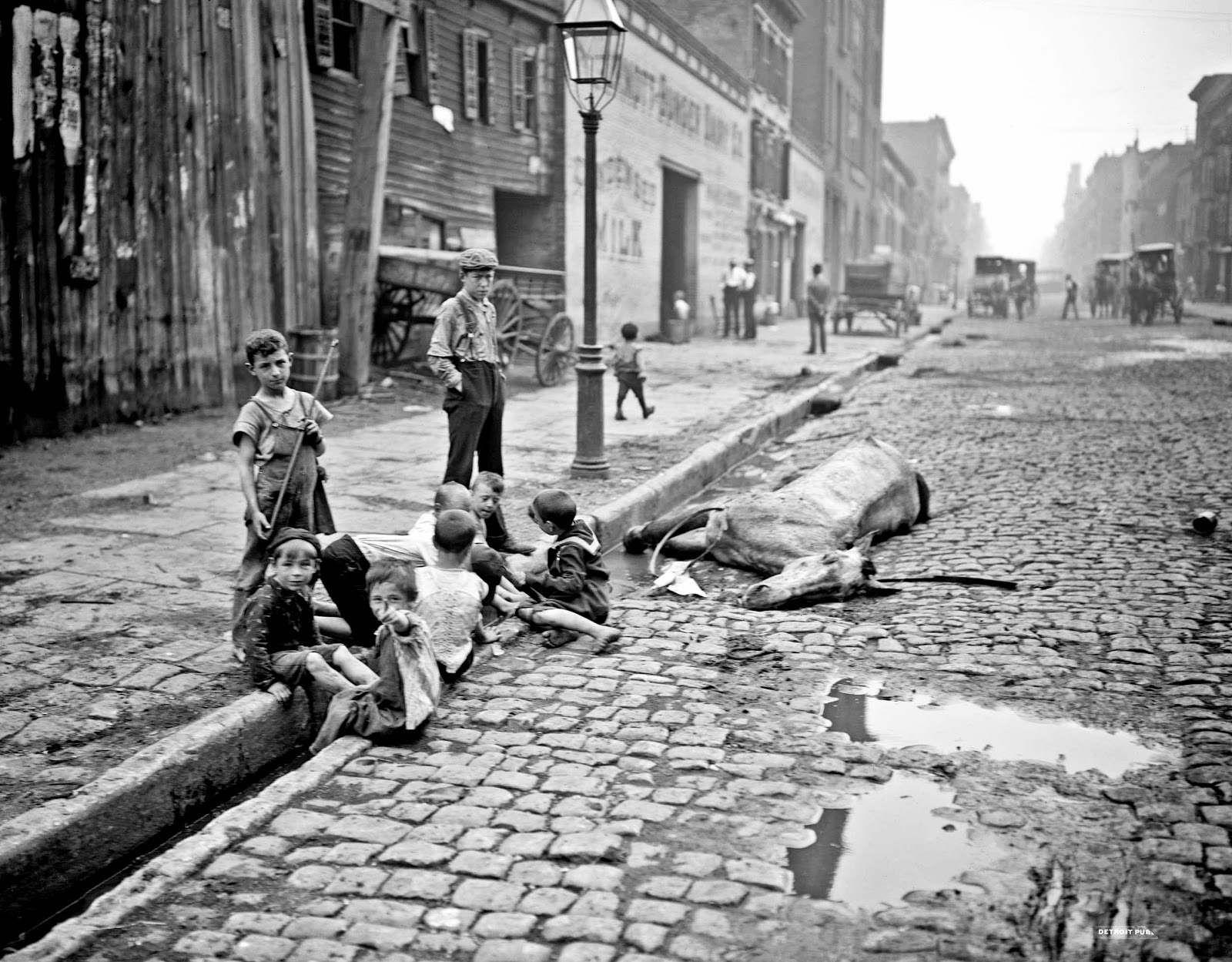If there was any book I could choose that had the most influence over me, then it would some adaptation of
The Little House by Virginia Lee Burton, that I must have had out from the public library, sometime in the 1960's as a very small child. It resonated with me living in 1960's Gateshead because that was the epitome of the brutalist urban sprawl; the post-war modernism regeneration of towns. All around me, houses and streets were being replaced by concrete shopping malls, hotels and multi-story car parks, or so it seemed. We eventually had to move ourselves, because our house was compulsory purchased, to build a bypass that never got built ironically. In the 1980's and '90's they started pulling all that concrete down again. The "Get Carter" car park was demolished with explosives. They realised they had sucked the life out of the centre of town. It's still a strange place in the streets that were once so busy when I was child. Now they have the Sage and the Baltic Mills art gallery down by the Tyne, but the old centre of town is just a spaghetti mess of roads.
So, I come down to London, only to live in the most bombed-out area during the Second World War. Almost nothing of Penge was left after the war. Not only did the government intentionally mislead and direct German bombers south of their targets, but the Victoria to Dover railway tunnel was also a target itself, and if bombers didn't use all their bombs over London, it was in just the right place to drop them on the way back. We didn't get the big hi-rises though. That was Croydon. They got rid of all their planning restrictions in the 1960's to become the "Dallas" of the south of England.
However, I've come to love the hi-rise and the city. Better that people live in cities with their economies of scale that they bring. Better that they build upward in cities, rather than outwards into green fields. I love how Hong Kong is shoe-horned into every available space between it's hills.






